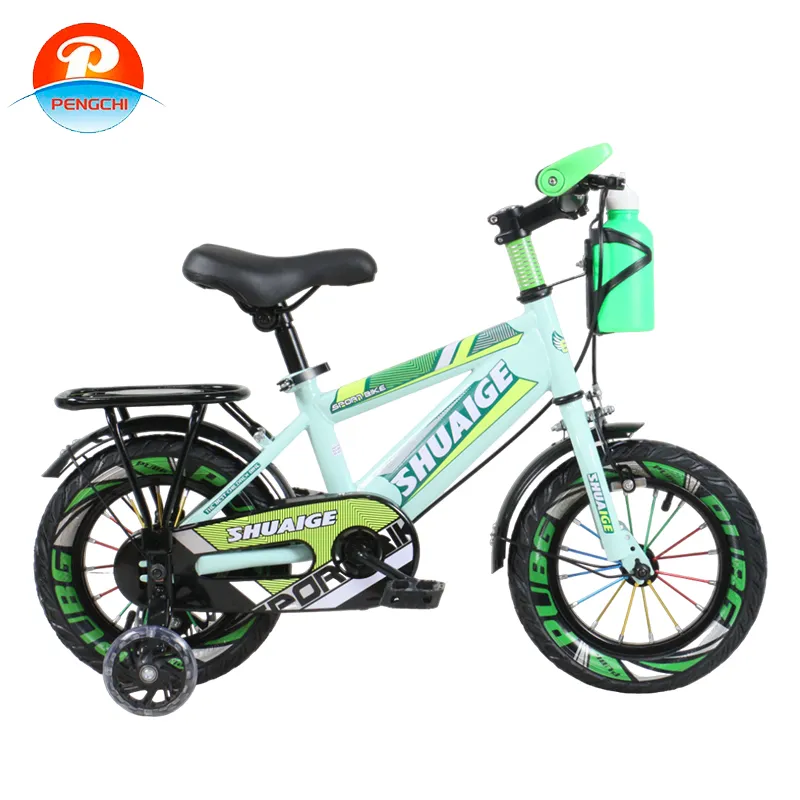
-
 Afrikaans
Afrikaans -
 Arabic
Arabic -
 Belarusian
Belarusian -
 Bengali
Bengali -
 Bulgarian
Bulgarian -
 Croatian
Croatian -
 Czech
Czech -
 Danish
Danish -
 Dutch
Dutch -
 English
English -
 Finnish
Finnish -
 French
French -
 German
German -
 Greek
Greek -
 hawaiian
hawaiian -
 Hebrew
Hebrew -
 Hindi
Hindi -
 Hungarian
Hungarian -
 Indonesian
Indonesian -
 irish
irish -
 Italian
Italian -
 Japanese
Japanese -
 Javanese
Javanese -
 kazakh
kazakh -
 Khmer
Khmer -
 Korean
Korean -
 Kyrgyz
Kyrgyz -
 Lao
Lao -
 Latin
Latin -
 Luxembourgish
Luxembourgish -
 Malay
Malay -
 Myanmar
Myanmar -
 Norwegian
Norwegian -
 Persian
Persian -
 Polish
Polish -
 Portuguese
Portuguese -
 Romanian
Romanian -
 Russian
Russian -
 Serbian
Serbian -
 Slovak
Slovak -
 Somali
Somali -
 Spanish
Spanish -
 Swedish
Swedish -
 Tagalog
Tagalog -
 Thai
Thai -
 Turkish
Turkish -
 Turkmen
Turkmen -
 Ukrainian
Ukrainian -
 Uighur
Uighur -
 Vietnamese
Vietnamese
Feb . 03, 2025 03:05 Back to list
junior mountain bike
Selecting the right mountain bike is crucial for both beginners and seasoned riders. Understanding the nuances of different types can significantly impact your riding experience. Whether you are planning to hit technical trails, flowing singletracks, or simply seeking a bike to commute, choosing the right mountain bike involves multiple factors.
Componentry, including gears and brakes, should not be overlooked. Modern mountain bikes offer a variety of gearing options, curating to an array of terrains. While a 1x system provides simplicity and ease with a single gear shifter, 2x or 3x drivetrains offer a broader range, which can be beneficial for riders who tackle mixed-terrain routes. Brakes are equally important, and hydraulic disc brakes are the gold standard for mountain bikes due to their responsiveness and superior stopping power. When evaluating brakes, ensure they match your intended riding conditions—whether you need maximum precision for downhill or practical for general trail riding. It’s important to emphasize fit when selecting a mountain bike. A properly sized frame ensures comfort and efficiency. Bike manufacturers often provide size charts based on height, but factors such as arm and leg length, riding style, and personal preference should also influence your decision. Ideally, test riding several bikes at retailers can help you find the perfect fit. When investing in a mountain bike, budget is always a consideration, but never sacrifice essential features for cost. It is often more beneficial to invest slightly more upfront for a durable, high-quality bike that aligns with your objectives, rather than cutting costs initially and accruing expenses through future repairs or upgrades. Lastly, seeking advice from professionals is invaluable. Local bike shops and fellow experienced riders can provide insights honed from extensive experience. Engaging with mountain bike communities—both online and locally—can also offer a wealth of knowledge and support as you navigate your decision. Selecting a mountain bike perfectly suited for you involves research, testing, and aligning your choice with both your aspirations and preferred riding conditions. By evaluating the type, size, components, and budget, you set the foundation for many exhilarating rides ahead.


Componentry, including gears and brakes, should not be overlooked. Modern mountain bikes offer a variety of gearing options, curating to an array of terrains. While a 1x system provides simplicity and ease with a single gear shifter, 2x or 3x drivetrains offer a broader range, which can be beneficial for riders who tackle mixed-terrain routes. Brakes are equally important, and hydraulic disc brakes are the gold standard for mountain bikes due to their responsiveness and superior stopping power. When evaluating brakes, ensure they match your intended riding conditions—whether you need maximum precision for downhill or practical for general trail riding. It’s important to emphasize fit when selecting a mountain bike. A properly sized frame ensures comfort and efficiency. Bike manufacturers often provide size charts based on height, but factors such as arm and leg length, riding style, and personal preference should also influence your decision. Ideally, test riding several bikes at retailers can help you find the perfect fit. When investing in a mountain bike, budget is always a consideration, but never sacrifice essential features for cost. It is often more beneficial to invest slightly more upfront for a durable, high-quality bike that aligns with your objectives, rather than cutting costs initially and accruing expenses through future repairs or upgrades. Lastly, seeking advice from professionals is invaluable. Local bike shops and fellow experienced riders can provide insights honed from extensive experience. Engaging with mountain bike communities—both online and locally—can also offer a wealth of knowledge and support as you navigate your decision. Selecting a mountain bike perfectly suited for you involves research, testing, and aligning your choice with both your aspirations and preferred riding conditions. By evaluating the type, size, components, and budget, you set the foundation for many exhilarating rides ahead.
Previous:
Next:
Latest news
-
Red Black BMX Bike with GPT-4-Turbo AI Tech
NewsJul.31,2025
-
New Red Anti-theft E-Bike | Easy Ride City Commuter
NewsJul.31,2025
-
BMX 20 Inch Bikes for Freestyle & Street | Fat Tire Options Available
NewsJul.30,2025
-
322 High Quality 26 Inch 21 Speed Adult Mountain Bike OEM MTB
NewsJul.29,2025
-
Specialized Kids Mountain Bikes - Safe, Durable & Fun Riding Experience
NewsJul.29,2025
-
Little Kids Mountain Bike - Lightweight Bikes for Young Riders
NewsJul.29,2025

